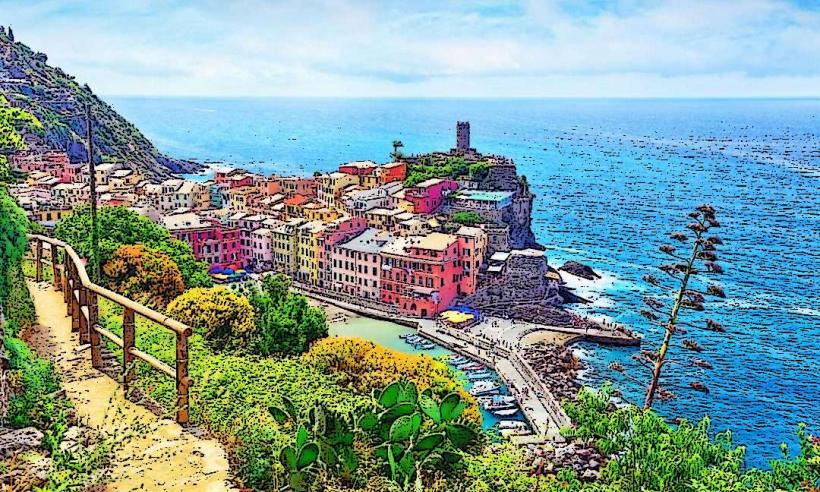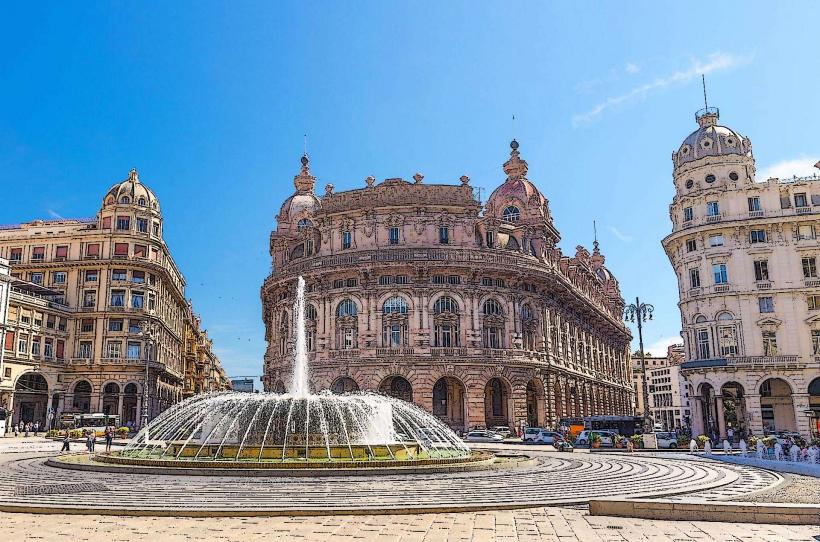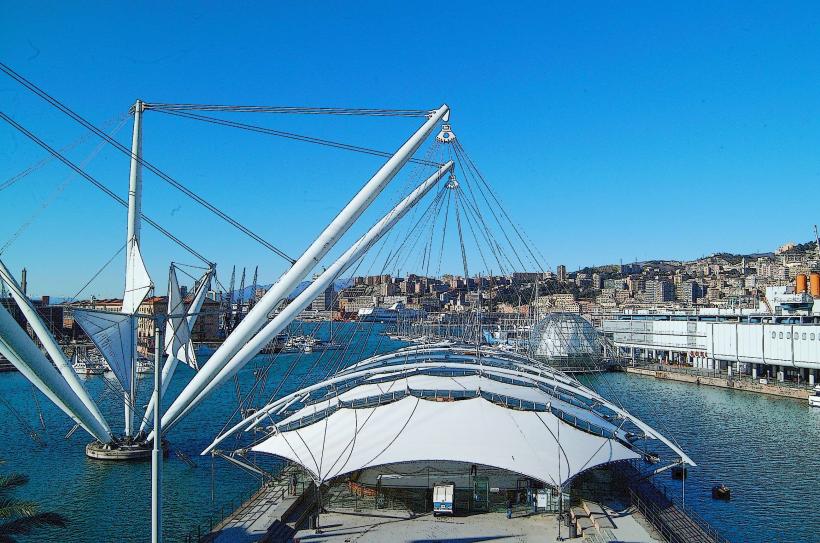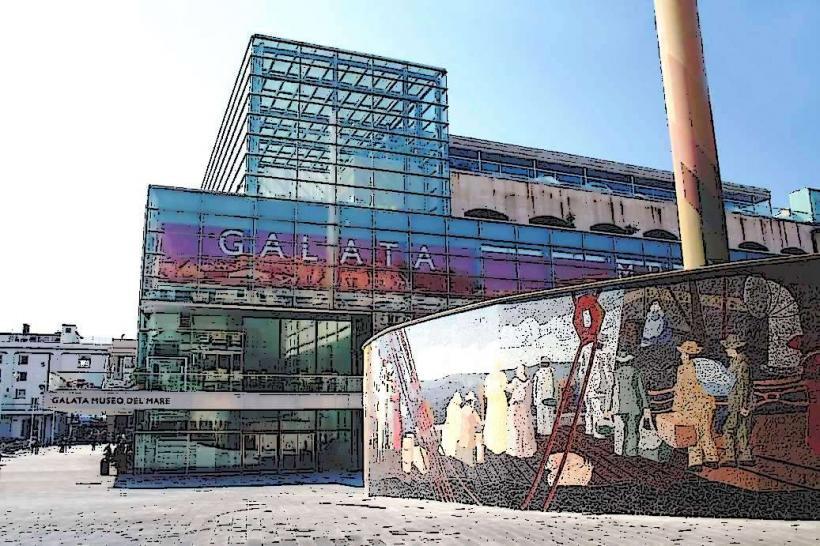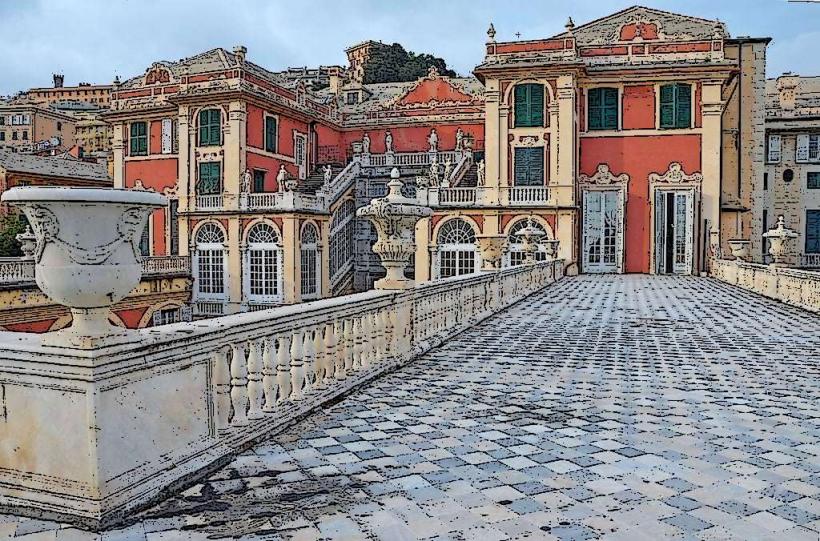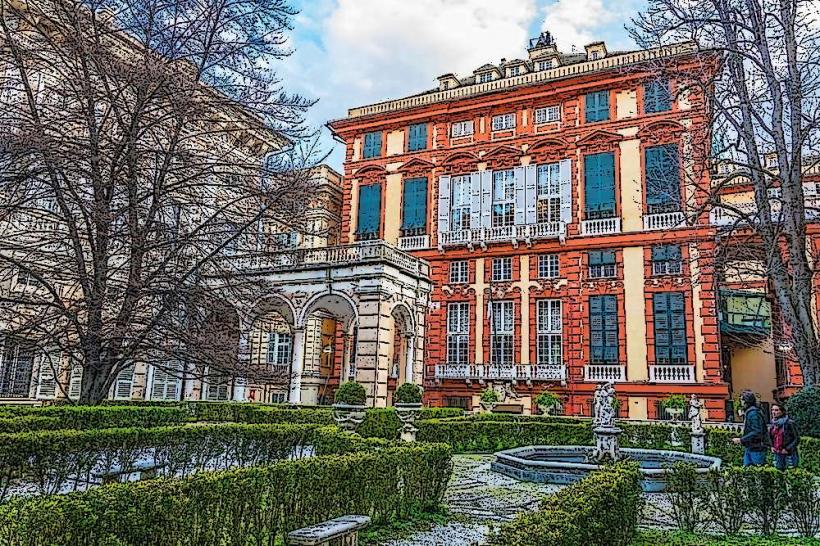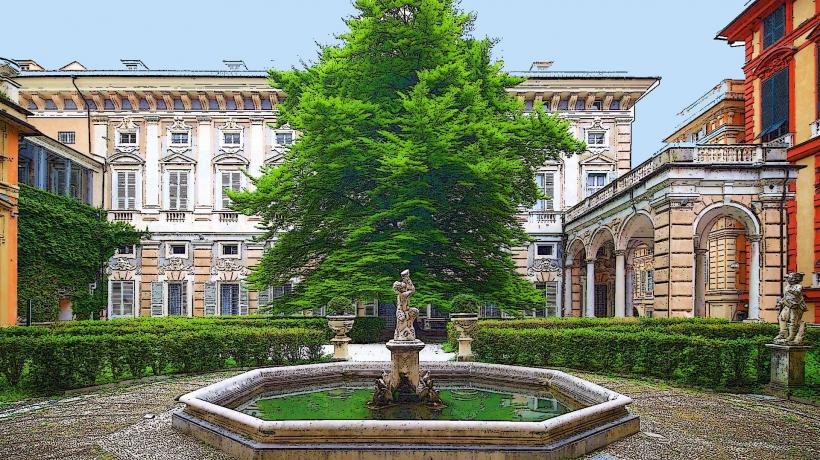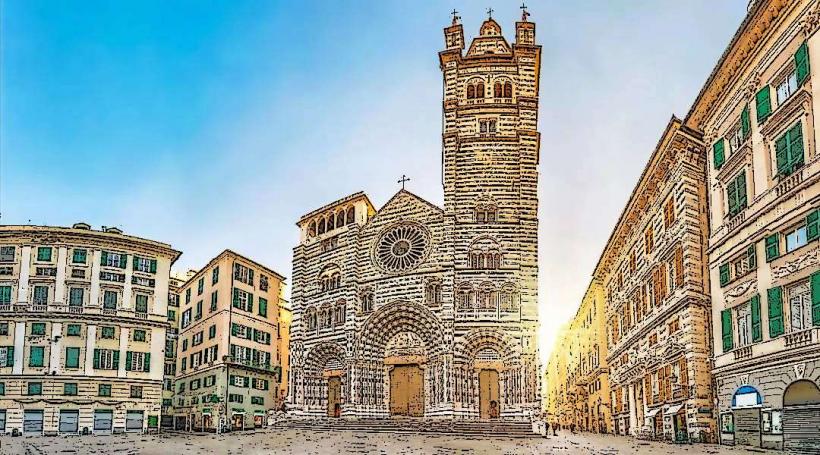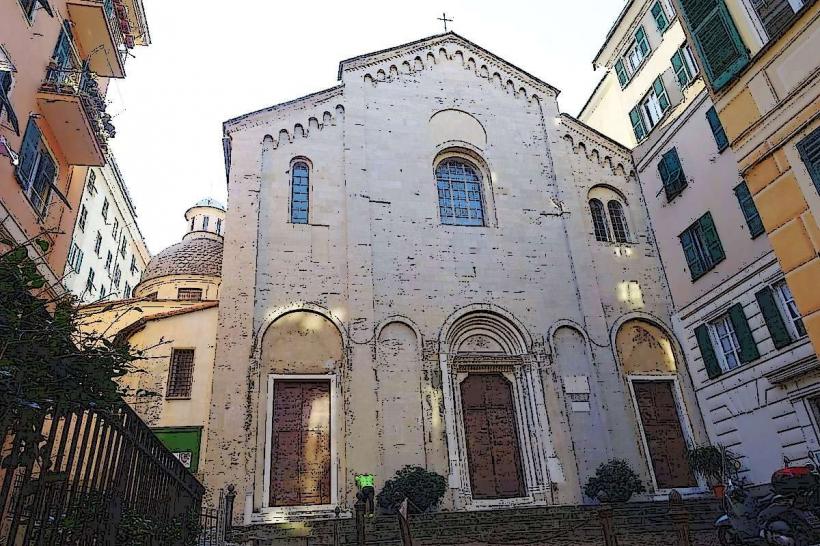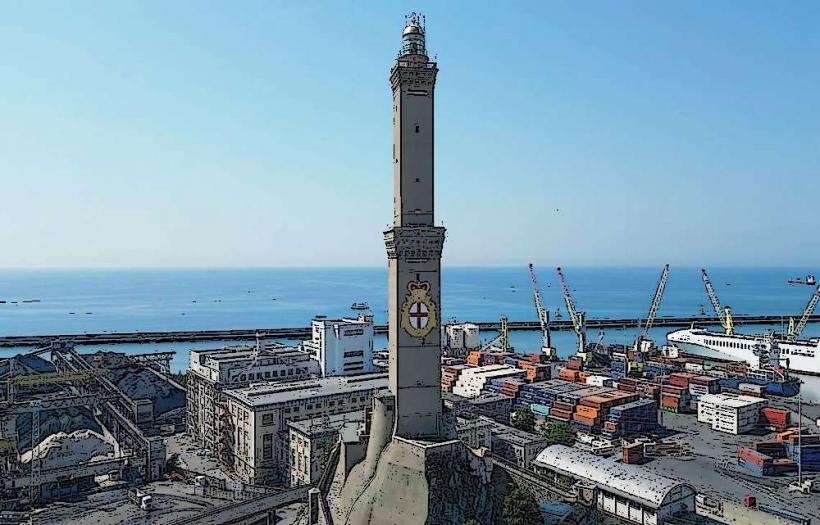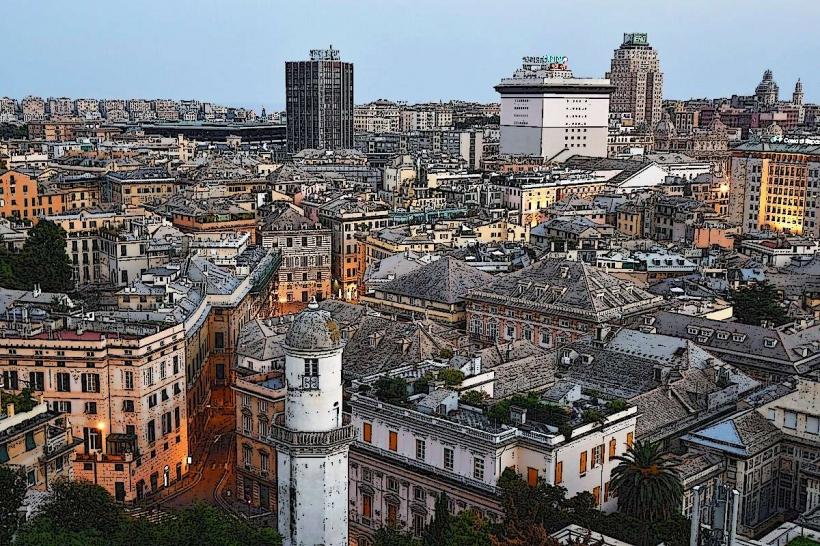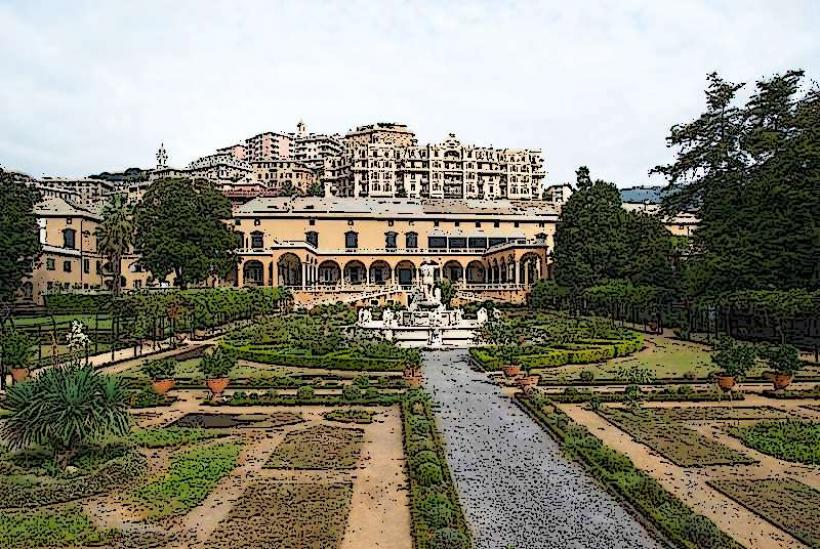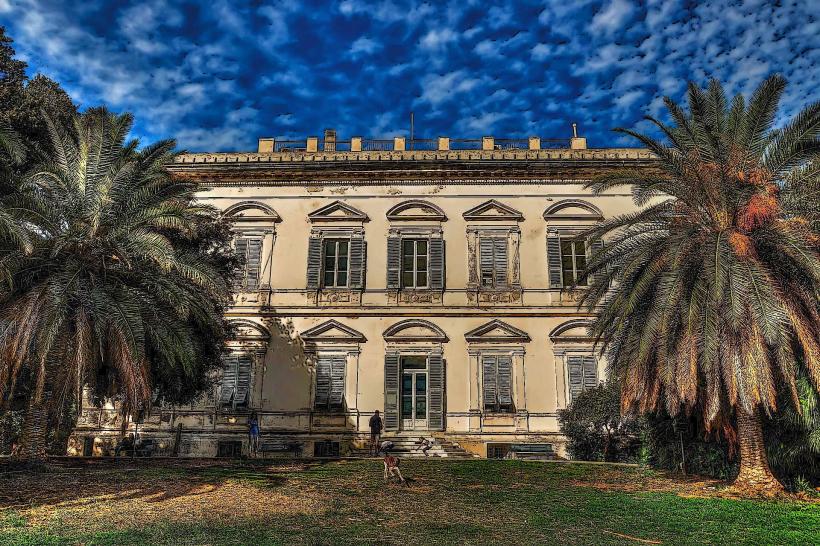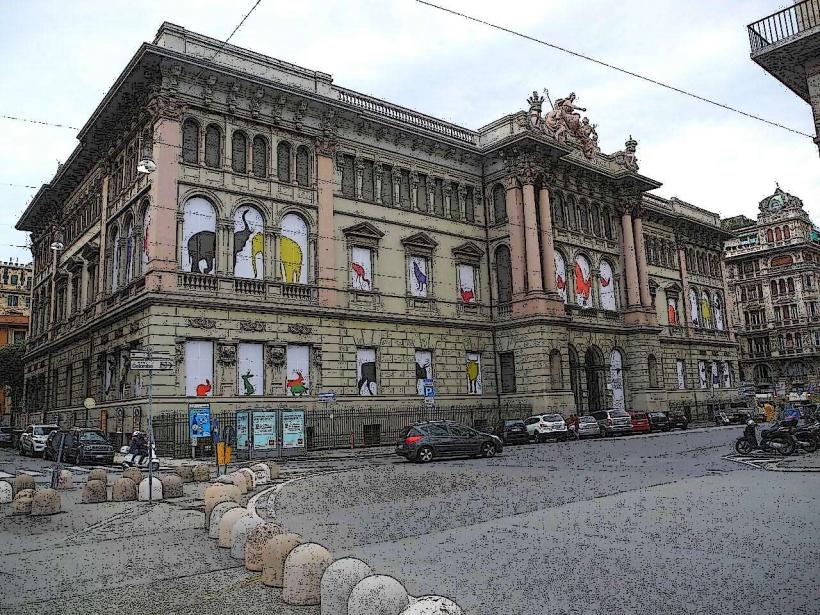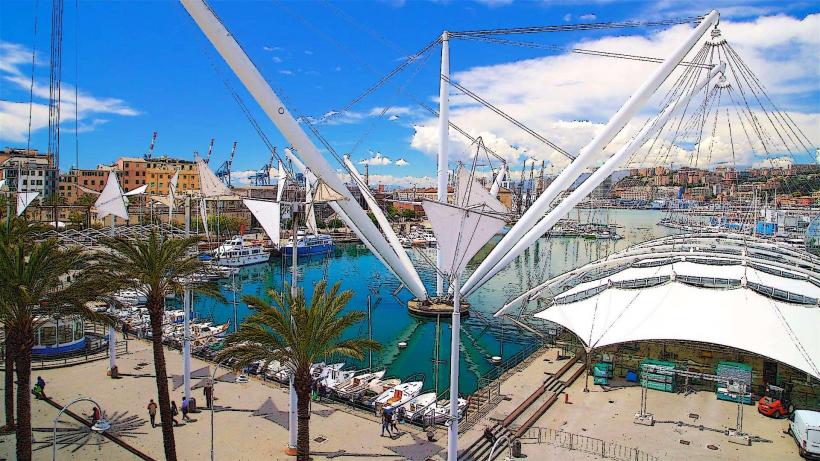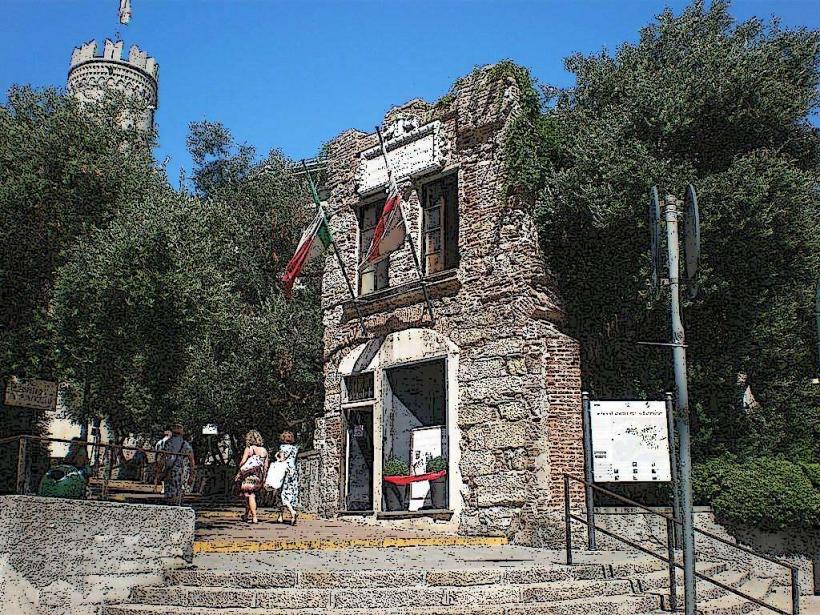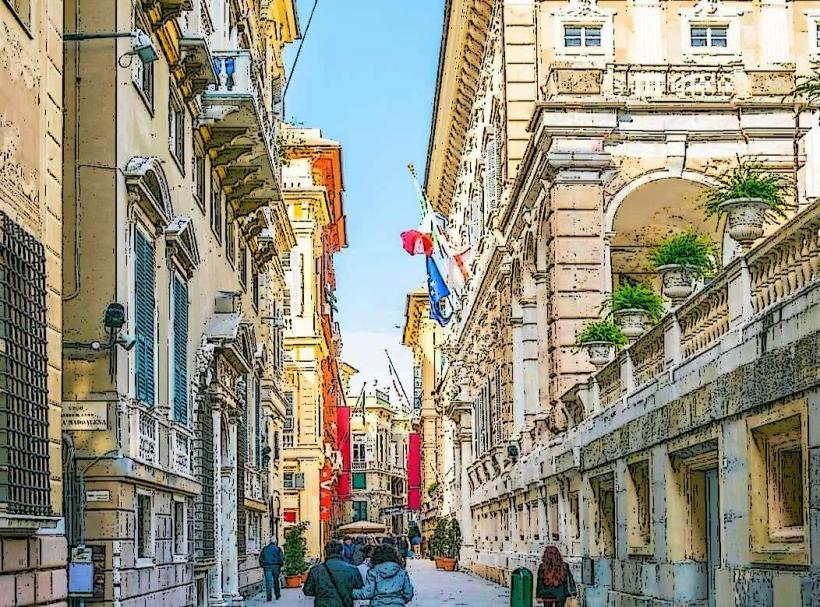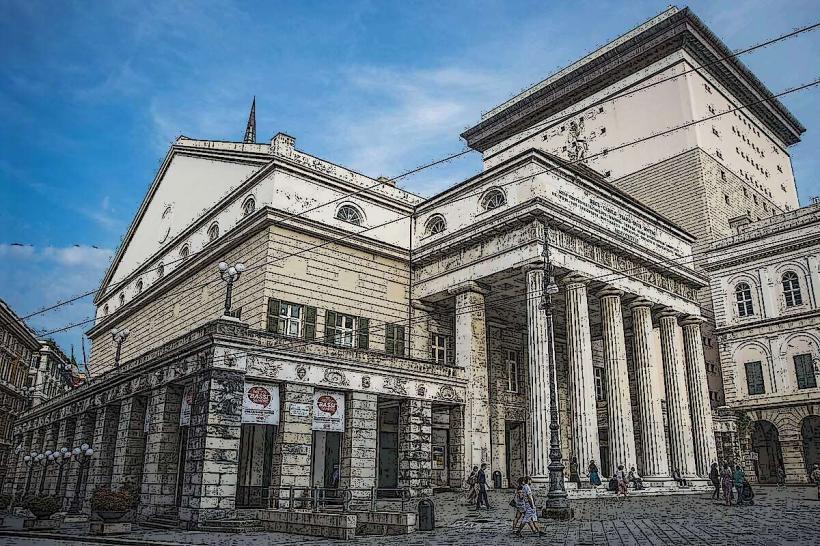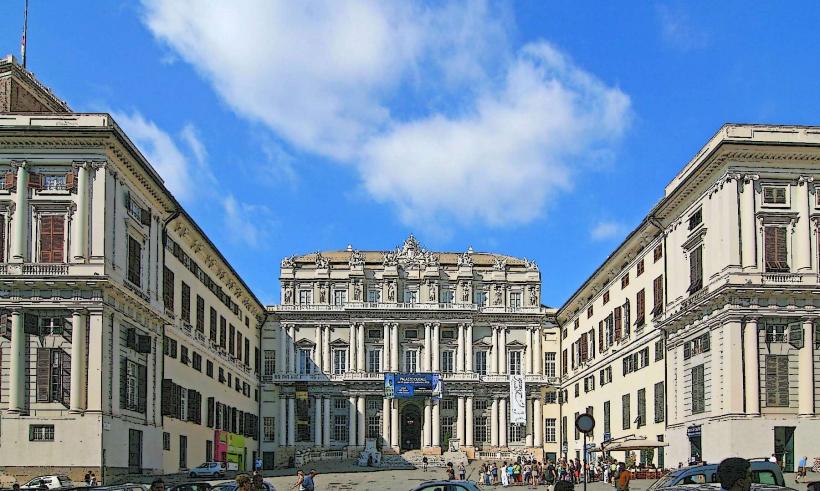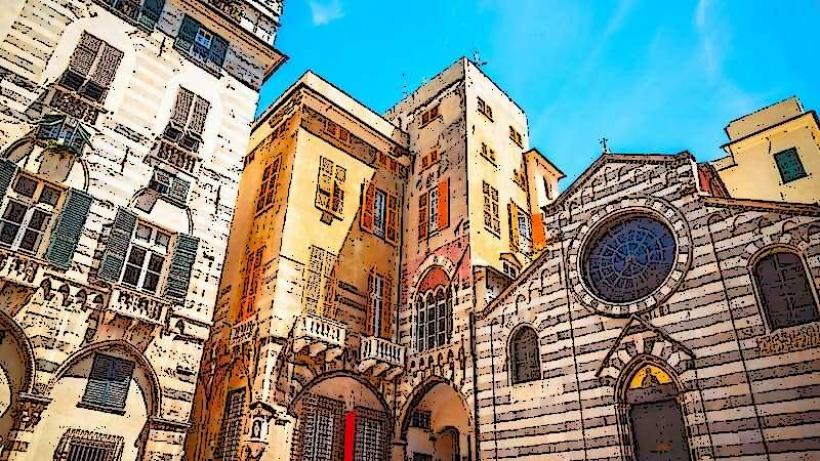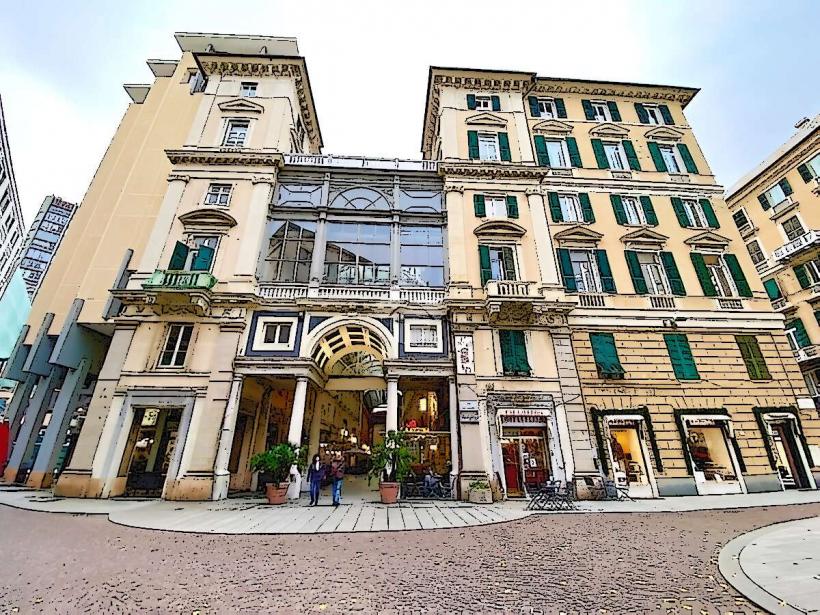Information
Landmark: Chiesa del GesuCity: Genoa
Country: Italy
Continent: Europe
The Chiesa del Gesù e dei Santi Ambrogio e Andrea, often referred to simply as Chiesa del Gesù, is a magnificent Baroque church located in the heart of Genoa, near Piazza Matteotti. Originally built in the 16th century and remodeled in the Baroque style during the 17th century, this Jesuit church is celebrated for its rich interior decorations and its impressive collection of artwork, including masterpieces by Peter Paul Rubens and Guido Reni.
Key Features and Highlights:
Baroque Architecture and Exterior:
- The church features a grand Baroque facade, with Corinthian pilasters, intricate carvings, and a design that reflects the influence of the Jesuits, who sought to inspire awe through architectural beauty.
- The twin bell towers flanking the facade add to its imposing appearance, making it a prominent landmark in central Genoa.
Interior Design and Frescoes:
- The interior of Chiesa del Gesù is a spectacular example of Baroque decoration, with marble columns, gilded stuccoes, and frescoes that adorn the walls and ceiling.
- The main nave is lined with ornate chapels and decorated with vibrant frescoes depicting scenes from the lives of Jesus, Mary, and the saints.
Art Collection – Rubens and Reni:
- The church is known for its exceptional art collection, including two masterpieces by Peter Paul Rubens: the altarpiece "The Circumcision" and "Saint Ignatius of Loyola’s Vision of Christ and God the Father". Both paintings showcase Rubens’s skill in depicting dynamic figures and dramatic use of color.
- Another famous piece is Guido Reni’s "Assumption of the Virgin", located in the central nave. Reni’s work, characterized by soft colors and graceful figures, provides a contemplative focus within the richly decorated interior.
Jesuit Influence and Symbolism:
- Founded by the Jesuits, Chiesa del Gesù was intended to be an inspiring and instructive space that reflected the Counter-Reformation’s emphasis on art as a tool for religious devotion.
- Many of the decorative elements and artworks are imbued with Jesuit symbolism and themes related to the life of Saint Ignatius of Loyola, the founder of the Jesuit order.
Chapels and Altars:
- Each chapel is richly decorated and dedicated to different saints or events from the lives of Jesus and Mary. Noteworthy is the Chapel of the Immaculate Conception, adorned with a stunning altarpiece and marble sculptures.
- The high altar is a masterpiece of Baroque sculpture, with elaborate marble inlays and gilded decorations that draw attention to the central crucifix.
Ceiling Frescoes:
- The ceiling frescoes are intricate, depicting scenes of angels, saints, and biblical narratives. The Jesuits commissioned some of the finest artists to create these works, resulting in a spiritual ambiance that lifts the viewer’s gaze upwards.
Historic and Cultural Significance:
- The Chiesa del Gesù played an important role in Genoa’s religious life as a center of Jesuit activity and education. The church was a powerful symbol of the Counter-Reformation in Genoa, reflecting the church’s effort to reinforce Catholic beliefs through grand architecture and inspirational art.
- Today, it remains a symbol of the Jesuit legacy in Genoa and is one of the city’s most important cultural and religious sites.
Spiritual and Architectural Impact:
- The Chiesa del Gesù is designed to create a sense of awe and reverence, in line with the Jesuit approach to architecture. The grandeur and beauty of the space encourage contemplation and reflection, offering visitors a profound experience of Genoa’s religious and artistic heritage.
In Summary:
The Chiesa del Gesù e dei Santi Ambrogio e Andrea is a jewel of Baroque art and architecture in Genoa. With its rich history, stunning decorations, and masterpieces by Rubens and Reni, it provides a glimpse into the artistic and spiritual goals of the Jesuit order. Whether admired for its artistic treasures or as a place of worship, the Chiesa del Gesù offers an inspiring experience of Genoese and Jesuit heritage.

